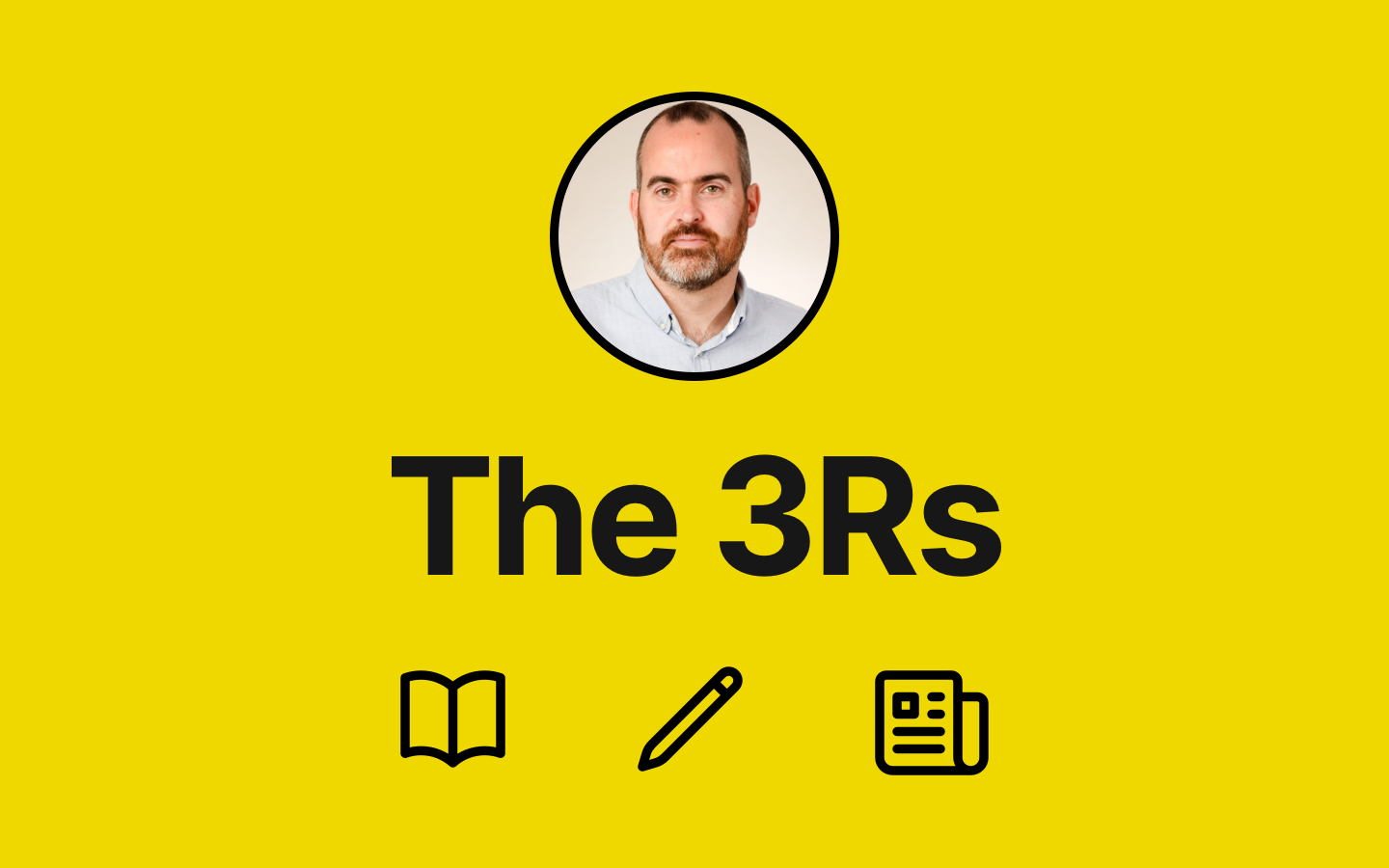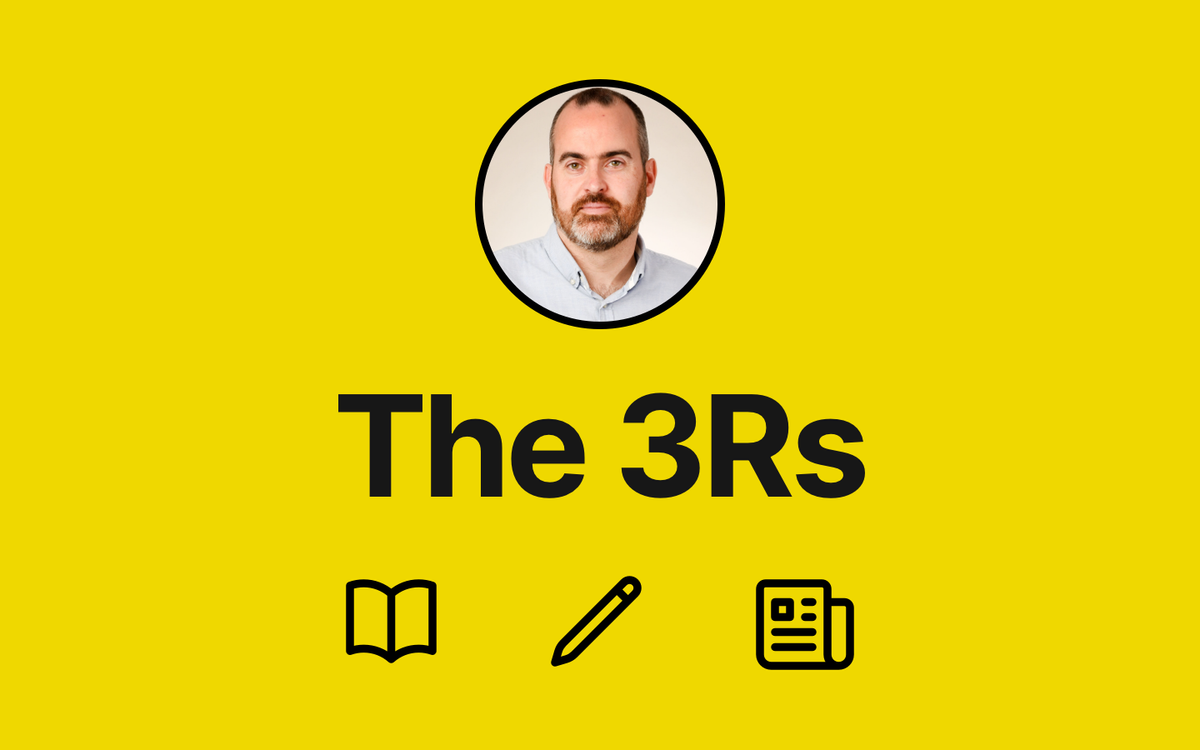Stand tall, place your legs apart, clench your fists and place them onto your hips. There…that is your power pose. Keep it for a minute or two.
Does you feel more confident? Is your body coursing with testosterone-induced power?
Professor Amy Cuddy devised a hugely popular TED talk to celebrate her research into the tremendous force of power posing. She related her study that apparently showed that power posing improved presentations in an interview scenario. Take a look at her TED video here and add yourself to the audience of over 28 million people – yes 28 MILLION:
Her study, entitled The Benefit of Power Posing Before a High-Stakes Social Evaluation (despite it being very small in scale: only 61 people took part in the study), made a huge noise across the world. The aforementioned TED talk went viral and TV news and print media across the world gobbled up the story. It popped up again in the TES recently (albeit in a context that was pragmatic and helpful about the research) as relevant for teachers.Why did a small piece of research becoming internationally renowned when most go unread? Well, very often, we see, hear and believe what we want to. This study chimes with our instinctive sense that our body language is crucial for our communication. No doubt it is, but we should be wary of simplifying things down to a pose. Simple seeming claims that this are usually bunkum – see this critique on why 93% of our communication is not likely non-verbal as is often claimed.
This kernel of truth related to conveying confidence in our stance has grown into an oak tree of seeming truth. Is is just plausible enough and it promises us a simple solution to complex problems.
Very quickly, however, scientists sought to replicate the study to see if the small sample size and the findings were deserving of such global attention. Researchers from the University of Zurich failed to find the potent impact on testosterone conferred by such poses – see here – with their larger study. Of course, the truth of the TED talk was already half-way around the world before replicated studies donned their boots.
We should be wary of research evidence that sounds too good to be true. We should certainly be aware of the delicious deceit of glossy presentations like those on TED – interesting though many undoubtedly are. I have written before about the even more famous Sir Ken Robinson and his TED talk – labelled rather mischievously ‘Why We Should Mistrust Sir Ken Robinson‘. A fluent speaker – just like Amy Cuddy – can make us feel we are learning more than we actually are – see here – and we should be wary of this fact for fear of being led gently astray.
What does this tell us all about research, a malleable media and the potential ramifications for schools?
Teachers and school leaders may ‘buy’ much more than the ‘power pose’ research evidence. They may go about procuring technology, consultancy, teacher resources, student interventions and more, based on slick, but ultimately dubious ‘research evidence’. Teachers are hurried and time-poor; school leaders are under pressure and often without expert knowledge in areas like psychology, neuroscience, technology. Judicious critical reflection is required.
In our defence, we can go about arming teachers and school leaders with the tools of a Devil’s Advocate. We can also better understand that correlation does not mean causation and better know the legion of biases that attend our thinking. It is essential that we are always critical and healthily skeptical when we see the term ‘the research says‘ – especially if someone is standing in a power pose as they wield it.
Even better, we can resist the quick fix culture perpetuated in the media to sell us products, and instead aim to develop a culture of slow improvement in our schools: piloting and trialling what we do; thoroughly evaluating our decisions and the impact of our purchases.
I am continuing to research about the physicality of teaching. This research has led me to view Cuddy’s hugely popular video and read her study – but I will do so in the knowledge that research evidence has its own unique power pose and that we should be critical and circumspect in its presence. In short, we should apply our professional wisdom and judgement. Maybe we should even consider our pose when we do it…






Comments